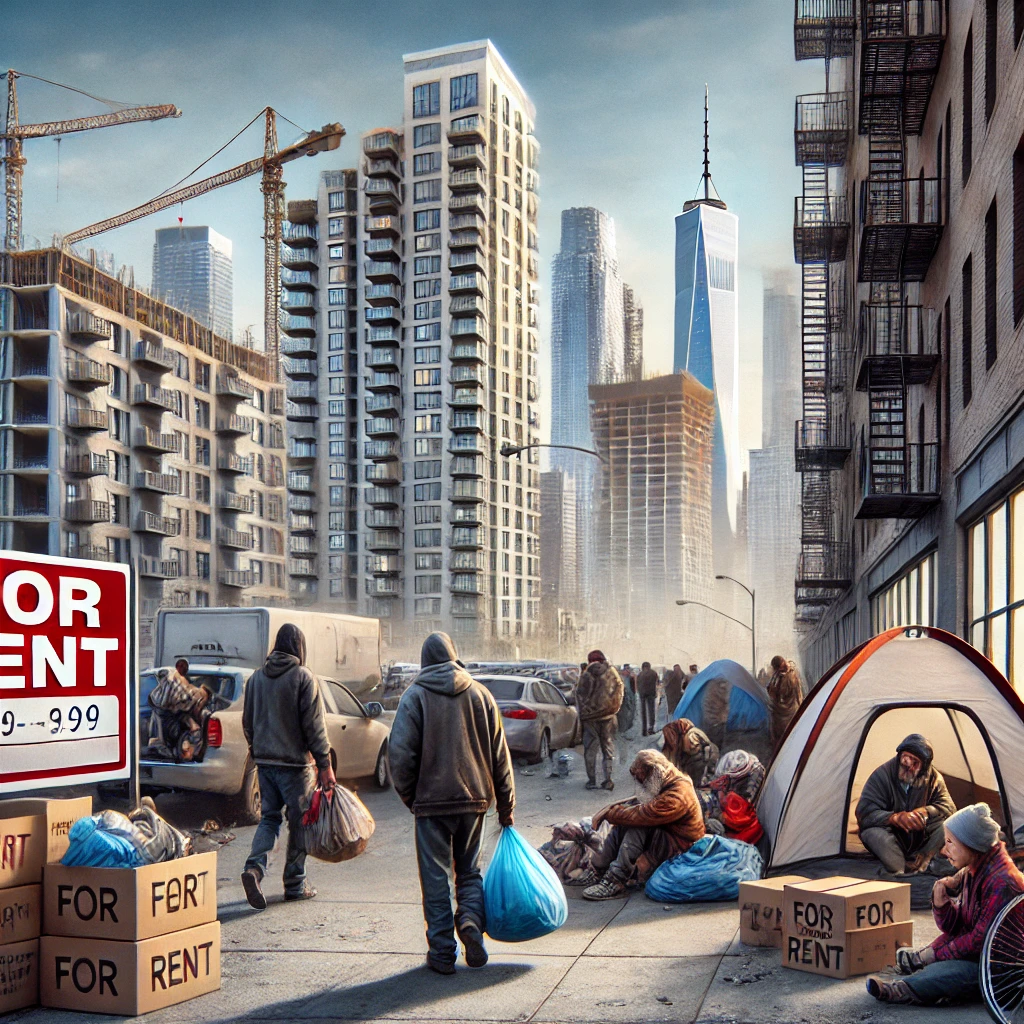Is There a Housing Crisis in the US?

The United States is currently grappling with what many experts consider a housing crisis, as millions of Americans face challenges related to affordability and availability. The issue affects a lot of people, from low-income households struggling to secure affordable rentals to middle-income families being priced out of the homeownership market.
While the severity and specifics of the crisis vary across regions, the underlying causes are deeply rooted in economic, social, and policy factors.
The Affordability Challenge
One of the most pressing aspects of the housing crisis is affordability. According to recent data, nearly half of all renters in the U.S. are considered cost-burdened, meaning they spend more than 30% of their income on housing. This trend is even more pronounced in major metropolitan areas like New York, San Francisco, and Los Angeles, where soaring rents far outpace wage growth. The high cost of living in these cities forces many residents to either downsize, commute long distances, or face housing insecurity.
The lack of affordable housing options isn’t limited to rental markets. Home prices have also skyrocketed, especially in the wake of the COVID-19 pandemic, which saw a surge in demand for single-family homes. Coupled with rising interest rates, many potential homeowners find themselves unable to afford mortgages, further exacerbating the divide between those who own property and those who do not. For first-time buyers, saving for a down payment has become a nearly insurmountable challenge due to stagnant wages and rising living costs.
The Supply Shortage
The housing crisis isn’t just about high costs—it’s also about a critical shortage of supply. The National Association of Realtors estimates that the U.S. is short by approximately 5.5 million housing units, a deficit that has been decades in the making. This shortage is fueled by various factors, including restrictive zoning laws, labor shortages in the construction industry, and rising material costs. Local opposition to new developments, often referred to as “NIMBYism” (Not In My Backyard), further stifles efforts to increase housing supply in many communities.
Additionally, the pandemic disrupted construction timelines and supply chains, exacerbating the already existing shortfall. As a result, new housing construction has not kept pace with population growth, leading to increased competition for the limited homes available on the market. This scarcity disproportionately affects low- and middle-income families, who are often outbid or priced out entirely.
Social and Economic Impacts
The housing crisis has far-reaching consequences, impacting not just individuals and families but also the broader economy and society. Housing instability is linked to negative outcomes in health, education, and employment. Families who spend the majority of their income on rent often have little left for necessities like healthcare, food, and education. Furthermore, the lack of affordable housing near urban centers forces workers to endure long commutes, reducing productivity and quality of life.
On a macroeconomic level, the housing crisis limits workforce mobility and economic growth. Businesses in high-cost areas struggle to attract and retain talent when employees cannot afford to live nearby. This dynamic perpetuates income inequality and regional economic disparities, making it harder for many Americans to achieve upward mobility.
Conclusion
Yes, there is a housing crisis in the U.S., and addressing it will require comprehensive and coordinated efforts. Policymakers need to focus on increasing the housing supply, reforming zoning laws, and expanding affordable housing initiatives. At the same time, addressing systemic issues like wage stagnation and income inequality is critical to making housing truly accessible for all. Without bold action, the housing crisis will continue to exacerbate economic and social divides, affecting generations to come.
